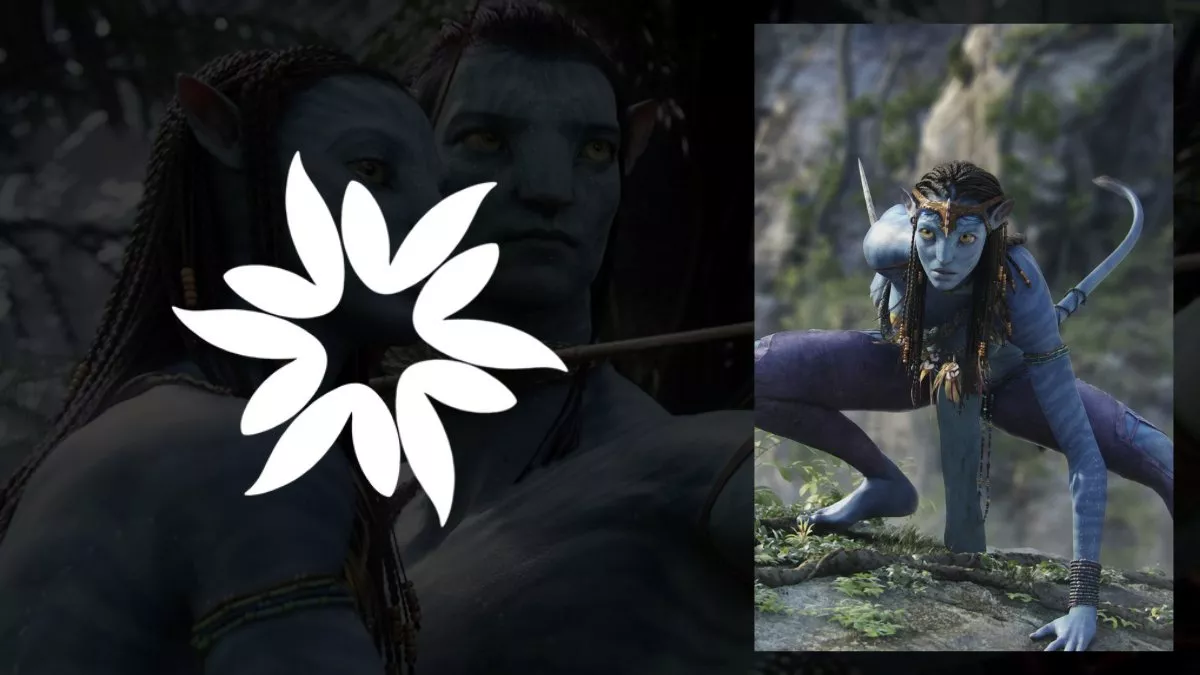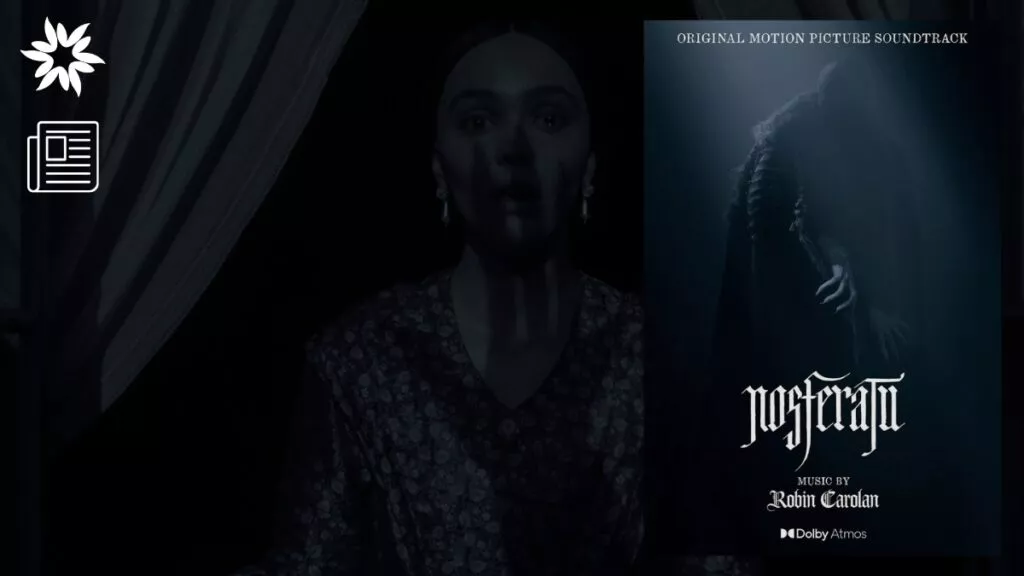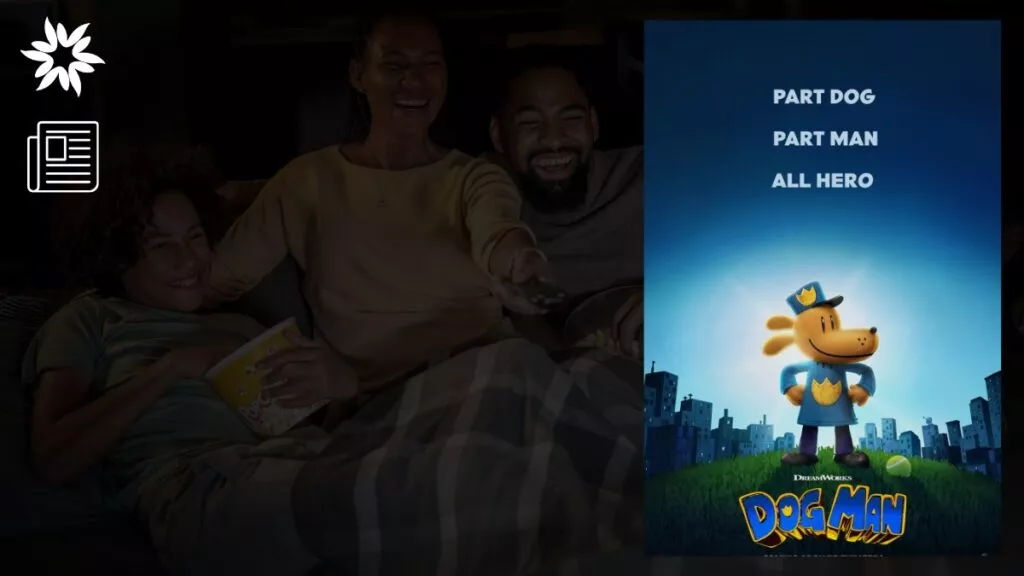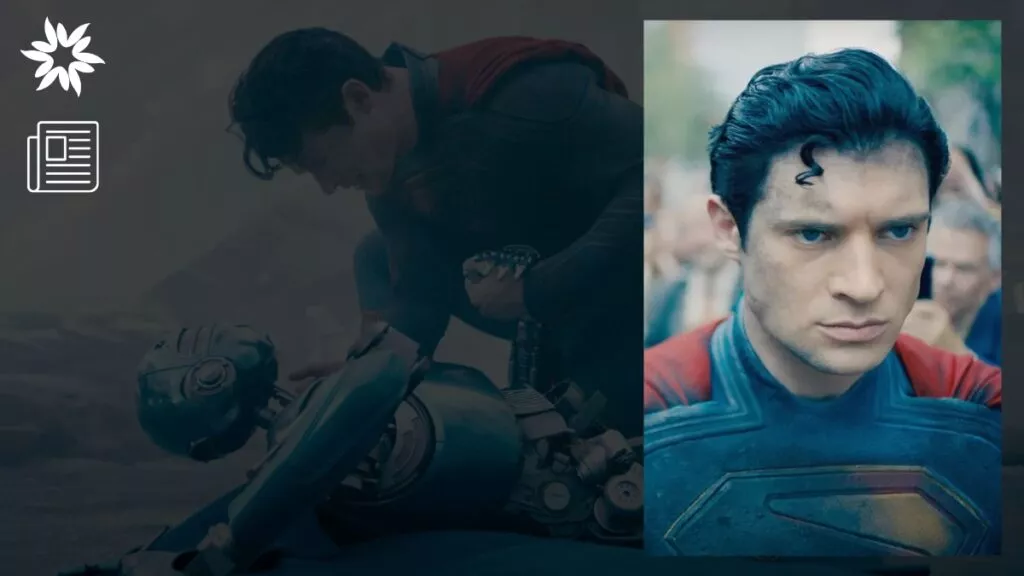If you love movies that blow your mind with amazing special effects, you’re going to enjoy this list!
Over the years, filmmakers have used the latest tech to create amazing visuals, from the incredible world of Avatar to the mind-bending scenes in The Matrix.
These movies have set the bar high when it comes to combining Computer-generated imagery (CGI), practical effects, and pure creativity to make us feel like we’re right there in the action.
So, get ready to explore 15 movies with some of the best visual effects, which will leave you saying, “Wow, how did they do that?!”
Key Takeaways
- Movies like Avatar, The Lord of the Rings, and The Matrix pushed the limits of visual effects, using new technology like CGI and motion capture to create more realistic and immersive worlds.
- Many films, such as Jurassic Park and Gravity, successfully combined practical effects with CGI to make scenes look real and fantastic, which helped make these movies more believable.
- Directors like Christopher Nolan (Interstellar) and Ang Lee (Life of Pi) worked closely with experts and used cutting-edge technology to make their movies more accurate and visually stunning.
1. Avatar (2009) – Directed by James Cameron
James Cameron’s Avatar changed how movies use visual effects and 3D technology.
The world of Pandora was created using motion capture, CGI, and a special 3D camera called the Fusion Camera.
As a result, the camera system made the scenes look more lifelike, with a natural 3D effect.
Incredibly, about 70% of the movie was made with CGI, blending digital and real elements so well that the Na’vi and creatures of Pandora looked real.
In addition to these groundbreaking visual effects, the film also made strides in capturing facial expressions, which made the characters feel incredibly human and realistic.
Cameron used virtual cinematography to control a camera in the digital world, allowing him to create realistic movements like crane shots and handheld shots.
The little things make a difference; Pandora’s glowing plants, flying creatures, and huge environments were designed to change with the time of day, making the world feel alive.
2. Interstellar (2014) – Directed by Christopher Nolan
In Interstellar, Christopher Nolan worked with physicist Kip Thorne to make sure the black holes and wormholes were scientifically accurate.
The visual effects team created stunning scenes, like the black hole Gargantua, using real science to make it look as close to reality as possible.
You’ll be surprised to hear this even led to new scientific discoveries.
In a compelling blend of practical effects and CGI, the movie used accurate models of spaceships alongside computer-generated imagery to create a realistic view of space.
There’s no denying that the combination of real and digital effects, alongside beautiful cinematography, helped show space in a way that had never been done before.
3. The Matrix (1999) – Directed by the Wachowskis
The Matrix changed action movies with its famous “bullet time” effect, in which time slows down, but the camera keeps moving.
This groundbreaking technique, which used multiple cameras filming the scene from different angles, made it look like Keanu Reeves was dodging bullets in slow motion.
Audiences were amazed, and the technique influenced many future films.
Adding to the movie’s innovative action sequences, “wire-fu,” a mix of martial arts and stunts done with wires, was used along with slow-motion shots.
The movie’s practical effects and CGI, like the green code of the Matrix world, cemented its place as one of the most important films for action scenes and digital effects.
4. Titanic (1997) – Directed by James Cameron
Of course, James Cameron’s Titanic is famous for its love story, but the visual effects were also a huge part of its success.
They really brought the sinking of the ship to life. Cameron used a clever mix of physical models, miniatures, CGI, and real effects to achieve this.
Digital Domain, a leading VFX company, was responsible for creating those impressive visuals.
They cleverly combined large physical sets with CGI, adding digital water and even a full digital model of the Titanic.
This blend worked particularly well in the sinking scene, where real models of the ship were enhanced with computer-generated crowds and effects like the icy ocean.
Motion capture was a relatively new technology at the time, and it presented a real challenge. But they used it successfully to create digital stuntmen, allowing them to film people jumping off the ship without putting actors in danger.
All in all, these advancements in visual effects played a major role in Titanic’s success, including its well-deserved Oscar for Best Visual Effects.
5. The Lord of the Rings Trilogy (2001-2003) – Directed by Peter Jackson
Peter Jackson’s The Lord of the Rings changed visual effects, especially with motion capture and CGI.
One of the most famous achievements was creating the character Gollum, which actor Andy Serkis brought to life using advanced technology from Weta Digital.
Gollum was one of the first fully digital characters controlled by an actor’s movements, and it set a new standard for digital characters in movies.
The trilogy also had huge battle scenes, like Helm’s Deep and Pelennor Fields, which were made with a combination of practical effects, miniatures, and CGI.
Weta Digital created software called “Massive,” which allowed thousands of digital soldiers to move realistically during battles.
The film combined real sets and CGI to create Middle-earth, making places like the Mines of Moria and Mount Doom feel real.
And it’s safe to say these advances made the trilogy one of the most important and celebrated in film history.
6. Inception (2010) – Directed by Christopher Nolan
Christopher Nolan’s Inception is known for its incredible visual effects, especially how it bends the rules of physics.
One of the most memorable scenes is where the city of Paris folds in on itself. It’s an impossible scene, brought to life through a clever mix of actual footage and CGI.
And who could forget that zero-gravity fight in a spinning hallway? It’s amazing to think they achieved that mostly with practical effects.
The actors were actually in a rotating set, which is a pretty ingenious way to simulate weightlessness.
Nolan prefers using real effects whenever possible, giving the film a more grounded feel, even when exploring fantastical concepts like dream manipulation.
Inception showcased how blending real effects with CGI can create stunning and believable visuals, helping solidify Nolan’s reputation as a filmmaker who pushes the boundaries.
7. Life of Pi (2012) – Directed by Ang Lee
Life of Pi is known for its amazing use of CGI, especially in creating the tiger, Richard Parker.
The visual effects team at Rhythm & Hues worked on over 158 scenes with the digital tiger, making it so real that it was hard to tell apart from real tigers.
To achieve this, the team studied four live tigers to understand their movements and behavior.
They paid attention to tiny details, like how the claws retracted and how the skin moved, making Richard Parker one of the most complex CGI animals ever made.
Another impressive part of the film was how realistic the tiger looked when interacting with water.
Ang Lee wanted the water to feel like a character, so the team worked hard to develop the digital water and skies.
They mixed real water in a tank with CGI to show the changing moods of the ocean throughout Pi’s journey.
8. Star Wars: Episode IV – A New Hope (1977) – Directed by George Lucas
Star Wars: Episode IV – A New Hope changed sci-fi movies with its use of miniatures, matte paintings, and practical effects.
George Lucas’ team, including Industrial Light & Magic (ILM), used small models of spaceships and planets to create the famous space battles and alien worlds.
These models were filmed in a way that made them look huge, using a technique called forced perspective.
Matte paintings were used to make sets look bigger and create alien landscapes, which made viewers feel like they were in deep space.
One of the most famous scenes, the trench run on the Death Star, combined models, practical effects, and cameras controlled by computers to create a fast-paced, exciting sequence.
This groundbreaking combination of techniques set a new standard for sci-fi films and established ILM as a top visual effects company.
9. Jurassic Park (1993) – Directed by Steven Spielberg
Jurassic Park changed the way creature effects were done in movies in the 90’s.
It was one of the first films to successfully combine animatronics (robotic models) and CGI to create realistic dinosaurs.
Industrial Light & Magic (ILM) used CGI for scenes where dinosaurs ran and interacted with their surroundings. In contrast, animatronics by Stan Winston Studios were used for close-up shots to make the dinosaurs look real.
Probably the most famous scene was the T. rex attack, where the filmmakers combined a full-size animatronic T. rex with CGI to make it look terrifyingly real.
The new advancements in CGI, as shown in Jurassic Park, set new standards, showing how digital effects could create lifelike creatures.
10. The Avengers (2012) – Directed by Joss Whedon
The Avengers brought together Marvel’s biggest superheroes and used impressive visual effects, especially in the Battle of New York.
This final battle, where the Avengers fight Loki’s alien army, mostly uses CGI to show the destruction of New York and the heroes’ actions.
Since filming in New York was difficult, the team recreated the city using green screens and digital images.
ILM (Industrial Light & Magic) used over 250,000 pictures of New York to make the digital version look real.
However, each superhero had unique challenges for the visual effects team.
For example, the Hulk was created using motion capture, with actor Mark Ruffalo providing the Hulk’s movements and facial expressions.
The combination of real acting and digital effects was highly praised, earning the movie an Academy Award nomination for Best Visual Effects.
11. Pirates of the Caribbean: The Curse of the Black Pearl (2003) – Directed by Gore Verbinski
One of the coolest parts of Pirates of the Caribbean: The Curse of the Black Pearl was the cursed pirate crew led by Captain Barbossa.
The visual effects team used CGI to turn the pirates into skeletons under the moonlight.
These effects had to blend smoothly with the live-action scenes, as the pirates looked normal in daylight but became skeletons at night.
And the transformation was done with motion capture and CGI.
The actors acted out their scenes in normal and skeletal forms, and then digital effects were added to switch between them.
To ensure realism, ILM, the company behind the visual effects, used many layers to make sure the skeletons moved just like the actors.
As a result of this meticulous work, the effects were incredibly impressive and earned the movie an Academy Award nomination for Best Visual Effects.
12. Gravity (2013) – Directed by Alfonso Cuarón
Gravity changed how space is shown in movies, using visual effects to create a level of realism never seen before.
Alfonso Cuarón directed the film, which used practical effects and CGI to show zero gravity and space.
Almost 80% of the movie was made with digital environments, with actors Sandra Bullock and George Clooney performing in front of green screens while CGI created the space around them.
One of the hardest parts was showing how things move in space without gravity.
To do this, the actors were filmed in rigs that let them move freely, and their movements were carefully copied onto digital models.
Framestore, the VFX company, created detailed CGIs for spacecraft and Earth using real NASA images for accuracy.
The result was an immersive experience that won many awards, including the Academy Award for Best Visual Effects.
13. The Curious Case of Benjamin Button (2008) – Directed by David Fincher
The Curious Case of Benjamin Button is famous for its groundbreaking digital effects that showed Brad Pitt’s character aging backward.
The visual effects team, led by Digital Domain, created a completely realistic CGI version of Brad Pitt’s face for the first 52 minutes of the film, showing him as an older man.
They used body doubles for the physical movements, while Brad Pitt’s facial expressions were digitally added to make it look like he was younger or older.
The team paid close attention to details like skin, hair, and eye movements to make it look real, setting a new standard for CGI humans.
Thanks to these impressive effects, the film won an Oscar for Best Visual Effects.
14. Mad Max: Fury Road (2015) – Directed by George Miller
Mad Max: Fury Road is known for its incredible real stunts and CGI, creating an intense post-apocalyptic world.
Most car chases and stunts used practical effects, while CGI enhanced the environment, explosions, and huge sandstorms.
Director George Miller worked with a team to build special vehicles and perform dangerous, high-speed scenes.
CGI was added mainly to improve backgrounds, remove safety gear, and add some surreal effects, such as dust storms.
This mix of real and digital effects gave the film a raw feel that impressed audiences and critics.
15. Blade Runner 2049 (2017) – Directed by Denis Villeneuve
Blade Runner 2049 won an Oscar for its amazing visual effects, which combined real models, miniatures, and CGI to create a futuristic world.
One of the film’s standout features was the use of practical miniatures for cityscapes, which were enhanced with CGI to make the dystopian landscapes feel huge.
The visual effects team, led by Roger Deakins and John Nelson, used creative techniques to blend live-action scenes with digital elements, giving the movie a unique look that honored the original Blade Runner.
The creation of Joi, the holographic character, was a visual effects marvel. In some scenes, she merged with a real actress, blurring the lines between the digital and physical worlds through motion capture, CGI, and expertly crafted lighting.
Get Ready to Be Amazed: Watch These Visual Masterpieces
Get ready for some seriously mind-blowing movies!
These movies have some of the most amazing visual effects you’ll ever see, pulling you right into incredible worlds and stories.
And if you’ve already seen them, why not watch again with a focus on the visual effects?
Take a moment to really appreciate all the hard work and creativity that went into making these scenes so epic.
Trust me, there’s always something new to notice. So sit back, relax, and enjoy these visual masterpieces all over again!








